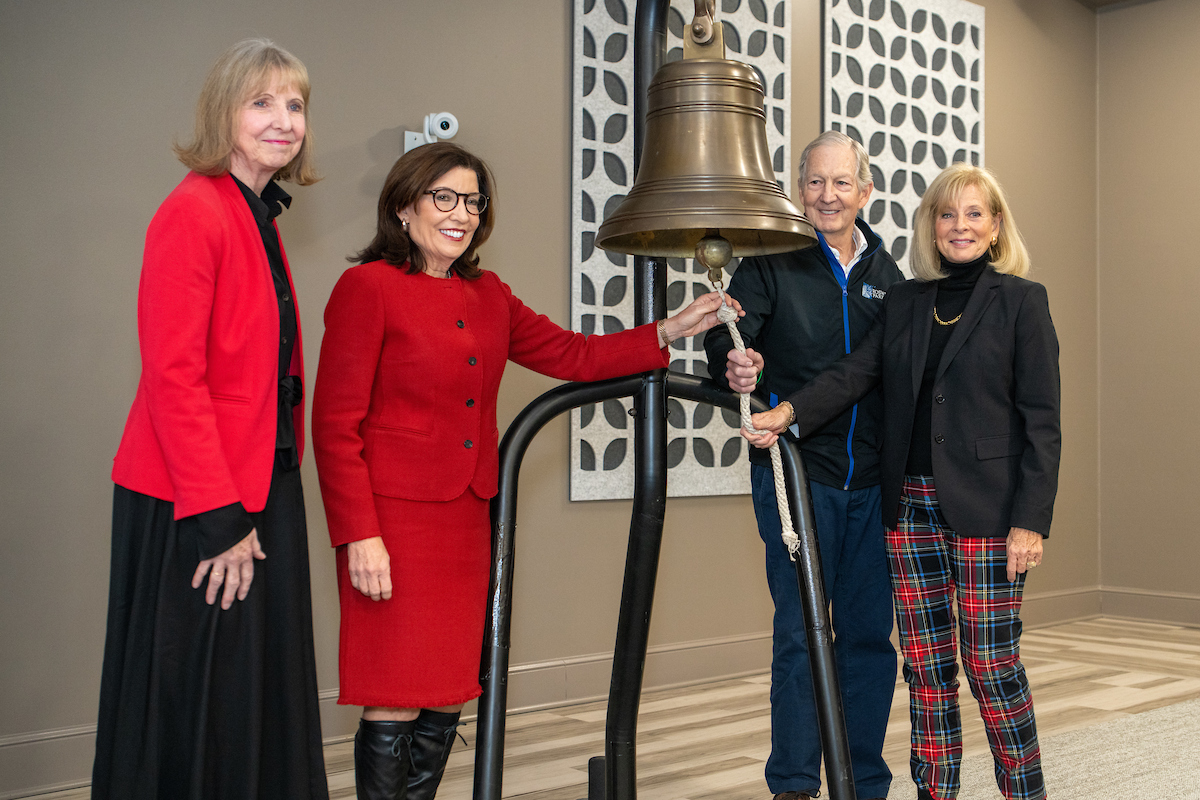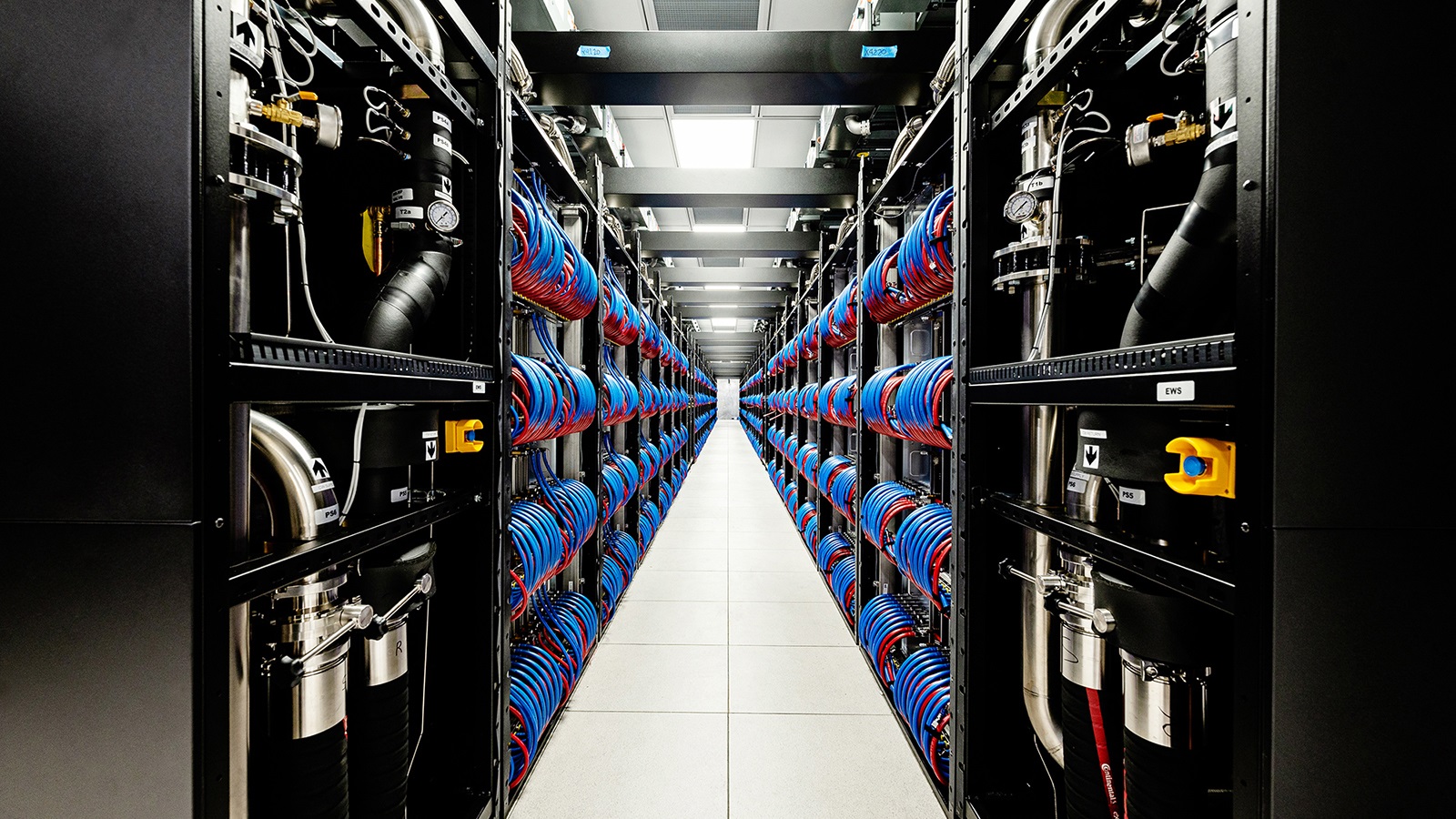Most people have memories of playing the telephone game sometime in their childhood. For those who missed out, this is where Person A whispers a message to Person B, who then whispers what they heard to Person C and so on down the line. As anyone who’s played can attest, the message at the end is often completely different.
In a sense, this is why repeater technology is so important. Repeaters are devices meant to avoid the loss of meaning we observe in the telephone game. Without repeaters, the data being sent over a connection can be rendered useless. In essence, we don’t get large-scale computer networking without repeaters.
“Our goal is to enable and develop quantum communication links over long distances, in ways that will be better than current systems. That will require creating quantum repeaters.” — Paul Kwiat, Q-NEXT and the University of Illinois Urbana-Champaign
While we have a wide array of useful traditional repeaters, we do not have a fully functional quantum repeater yet. However, as quantum computers advance and scientists begin to link these machines together, quantum repeaters will become a necessity.
Paul Kwiat, head of the Kwiat Quantum Information Group and professor at the University of Illinois Urbana-Champaign, is also the leader of the quantum communications effort at Q-NEXT, a U.S. Department of Energy (DOE) National Quantum Information Science Research Center led by DOE’s Argonne National Laboratory. An organization combining roughly 100 experts from three national labs, 10 universities, and 14 companies, Q-NEXT is developing the science and technology necessary to control and distribute quantum information.
“Our goal is to enable and develop quantum communication links over long distances, in ways that will be better than current systems,” Kwiat said. “That will require creating quantum repeaters.”
The copy problem
The quantum world is a strange place that’s hard to comprehend for people living human-sized lives. One of the discrepancies between our experience and the quantum realm is the fact that you cannot copy a qubit.
Traditional repeaters work as expert players of the telephone game. Instead of whispering kids mixing up the message, many classical repeaters effectively take the message they were told (which comes in the form of a bit of data), copy it exactly several times, and send those copies to the next node down the line.
For quantum computing experts, such a process isn’t so simple when you’re working with qubits — the fundamental unit of quantum information — instead of the classical bits used in regular computers. The mental experiment of Schrödinger’s cat discusses the problem that quantum systems do not have definite states until they are measured, and the very act of measuring them can alter the states of these quantum objects. In fact, Erwin Schrödinger conceptualized his cat problem to point out that the quantum world cannot be understood in the same way we do the human-sized world.
“You can copy classical bits,” Kwiat said. “But if you have a quantum bit and you don’t know what the state of that is, you cannot make a faithful copy of it. You’ll introduce noise.”
The “noise” Kwiat mentions is one of the biggest challenges facing quantum computing as a field. To oversimplify an incredibly complex topic, quantum noise is a little like the noise you’d hear at a party. You want to listen to what your friend is saying, but you can’t hear her over the sound of the music and other people talking.
In quantum computing, this noise isn’t something a human can hear. It can be the electromagnetic signal from a nearby Wi-Fi or tiny disturbances in Earth’s magnetic field.
So, if scientists can’t just copy what they do with classical systems, how will they ever create a quantum repeater that could enable a quantum network over long distances?
While we don’t have a fully functional quantum repeater yet, smart people like Kwiat can make some claims about how they’ll probably work. One promising avenue is the concept of an entanglement swap.
The entanglement swap solution
As with many topics within quantum physics, describing an entanglement swap requires an explanation before the explanation.
Entanglement itself happens when two or more quantum particles interact in a way that the particles can no longer be considered independent of each other. Each quantum particle has certain properties, such as momentum, position, or polarization, that can be strongly coupled to the same properties of another particle it is entangled to.
A special case of an entangled state is the Bell state, which is the simplest and maximally entangled quantum states of two qubits. If the two particles are — independently — measured the same way, they will produce identical outcomes even though each outcome is itself random. It’s as though two coins were flipped in different cities, but always gave the same result as each other.
One such application is quantum teleportation, where the concept of entanglement can be used to transfer an unknown quantum state between parties that share entanglement. And if that teleported particle was itself entangled to another particle, we have the process of entanglement swapping. To understand it, we’ll have to introduce Alice, Bob and Christine.
Imagine each of these people has control over quantum particles. Christine and Alice share an entangled pair of particles, and so do Christine and Bob. The goal is to get Bob’s particle entangled with Alice’s particle, but they have no direct link.
Bob and Alice will each begin by preparing known Bell pairs, which are the entangled quantum states of two qubits. Alice will send one prepared qubit to Christine and keep one, and Bob will also send one qubit to Christine and keep one. Christine performs something called a Bell projection between her newly acquired qubits, and error corrections are performed, resulting in the qubit Bob sent to Christine being teleported to Alice, and vice versa. The net effect is that Bob’s and Alice’s qubits are now entangled with each other, thereby creating entanglement over a longer link and setting the stage for a large-scale quantum network.
Entanglement swaps like this will be the foundation of any future quantum repeaters, since they link together nodes that are otherwise unconnected. Think of it like playing the telephone game in a noisy party. A person can’t properly relay information if she doesn’t hear it correctly, and the same can be said of quantum repeaters. As it stands, entanglement swapping seems to be the most effective way to transfer quantum information over long and lossy channels without losing or corrupting the fragile quantum states. Future quantum repeaters will rely on entanglement swapping, and Q-NEXT is working hard to better understand how these repeaters will be built.
What’s the value?
Quantum computing is an inherently hard-to-understand topic, and as such people often ask what the real-world value of this technology is. To understand why someone might want a quantum repeater, we’ll need to discuss the value of transferring information over a quantum network.
One of the applications of quantum networking is cryptography. Moving data across a network comes with the risk of an attacker either stealing or altering that data, and security measures must be employed.
Quantum key distribution (QKD) is a promising technology that would rely on quantum repeaters. QKD is a secure communication method using the unique properties of quantum physics — in particular, the no-copying dictum — to protect data from attackers. If we want QKD to be efficient and effective, we’ll need to spread the network over large distances. As such, robust quantum repeaters would be used in large-scale QKD deployment.
A second application of a quantum network involves quantum computers. The only way to both securely and remotely program such a processor is via a quantum link. Moreover, a high-speed quantum network can be used to directly connect two or more quantum processes to create one giant distributed quantum processor. For example, two quantum computers acting as one are more powerful than them acting independently. If each quantum processor is a million times more powerful than a classical computer, the entangled contribution of them is a million million times more powerful.
Lastly, quantum networks could enable fantastically sensitive distributed quantum sensors. For instance, Kwiat points out that telescopes and the study of the cosmos will evolve rapidly with the implementation of a quantum network. Right now, we rely on a method that can take an array of physical telescopes and combine their incoming data to simulate one giant telescope, but these methods work only for radio waves, or over short distances. Quantum repeaters could help us link telescopes together more effectively.
“If instead, you could use a quantum network to link two telescopes together, you’d basically be teleporting the signal from one telescope to another,” Kwiat said. “If you’ve already got the quantum network up and running effectively, that transfer of quantum information is lossless. In principle, you could have telescopes that were separated by much, much larger distances, achieving a higher resolution.”
Of course, all these developments require a functioning quantum repeater, which we have not built yet. However, Q-NEXT expects to be a leader in the development of these devices. Q-NEXT scientists are pursuing multiple hardware platforms to realize repeaters, including trapped ions, neutral atoms, and superconducting qubits, as well as the means to interconnect between such devices.
Q-NEXT is also helping organize the global effort in this area. For instance, Q-NEXT and the Chicago Quantum Exchange locally co-organized the Third Workshop for Quantum Repeaters and Networks in Chicago. This workshop was meant to bring the quantum research community together to discuss the opportunities and challenges inherent in developing a quantum repeater. This included a tutorial called “Quantum Repeater Networks from Scratch” to spread this knowledge to as many people as possible without requiring any prior quantum experience.
Considering that around 100 researchers from 37 institutions and nine total countries attended the workshop, this was clearly a success for Q-NEXT and the entire quantum community. As the technology needed for quantum communication develops, Q-NEXT will continue to do the hard work necessary to bring a quantum repeater into the world.
This work is supported by the U.S. DOE National Quantum Information Science Research Centers as part of the Q-NEXT center.
Argonne National Laboratory seeks solutions to pressing national problems in science and technology. The nation’s first national laboratory, Argonne conducts leading-edge basic and applied scientific research in virtually every scientific discipline. Argonne researchers work closely with researchers from hundreds of companies, universities, and federal, state and municipal agencies to help them solve their specific problems, advance America’s scientific leadership and prepare the nation for a better future. With employees from more than 60 nations, Argonne is managed by UChicago Argonne, LLC for the U.S. Department of Energy’s Office of Science.
The U.S. Department of Energy’s Office of Science is the single largest supporter of basic research in the physical sciences in the United States and is working to address some of the most pressing challenges of our time. For more information, visit https://energy.gov/science.



